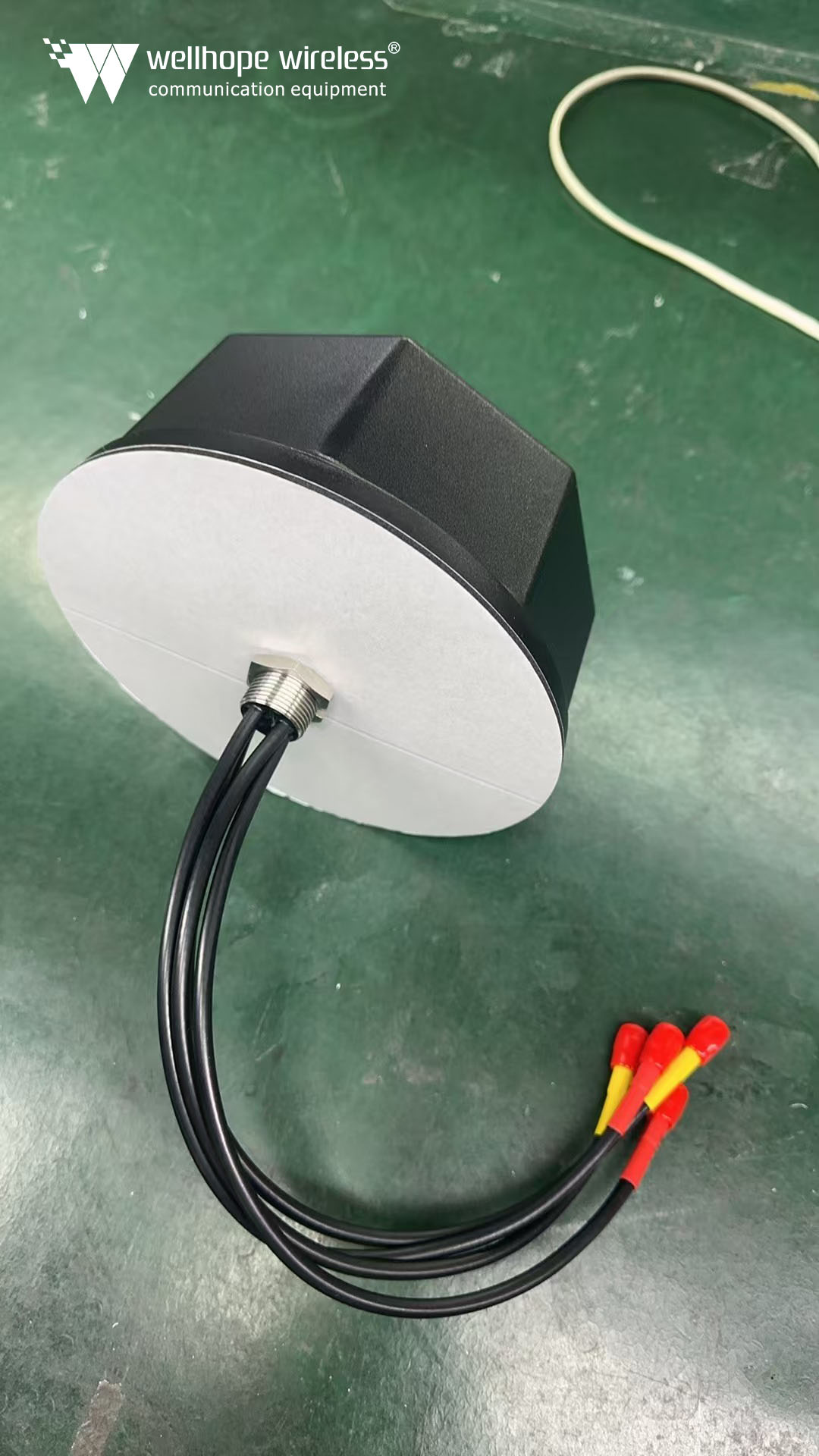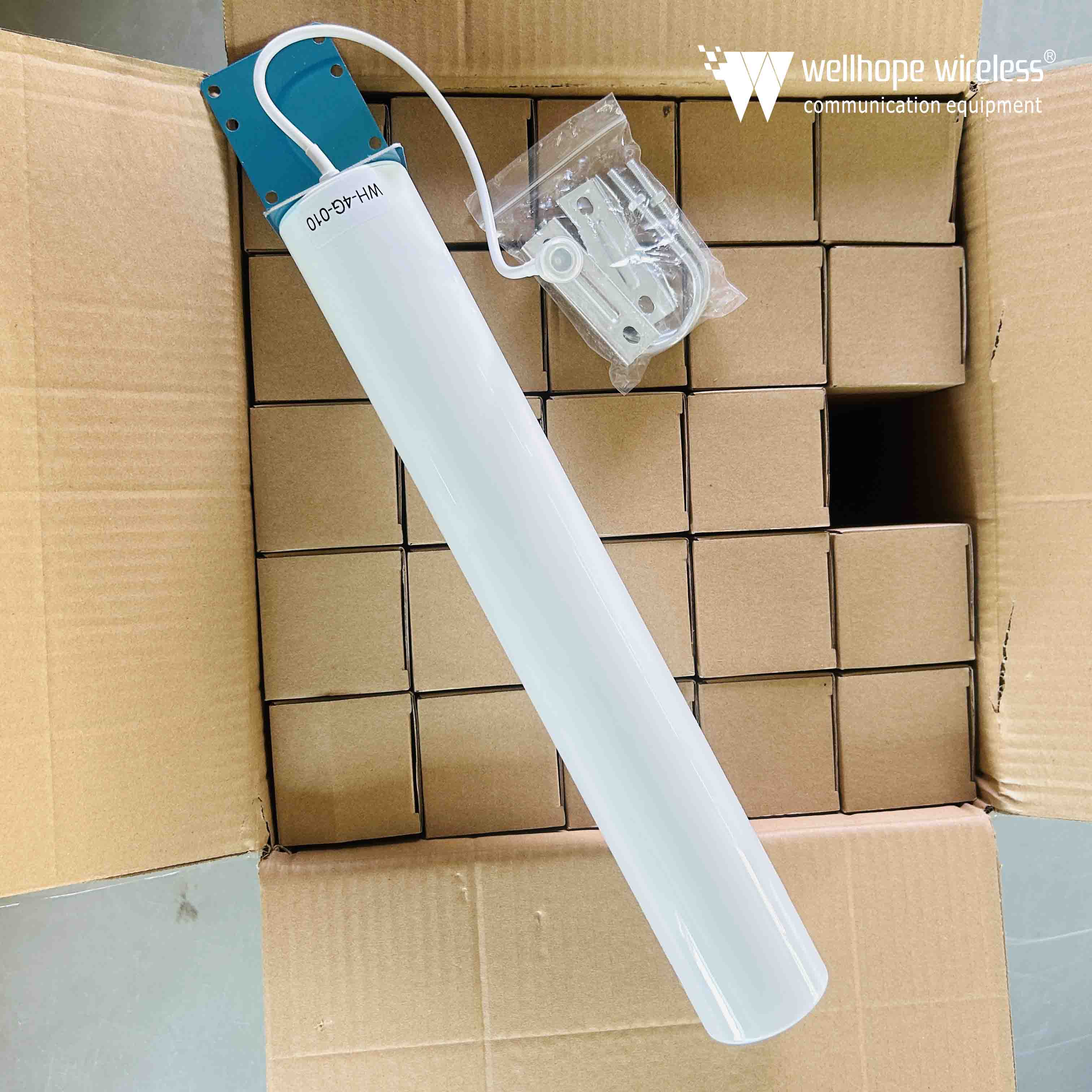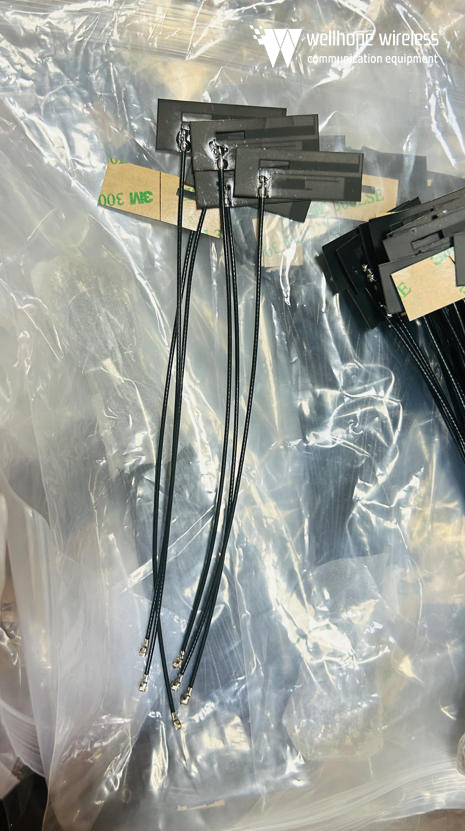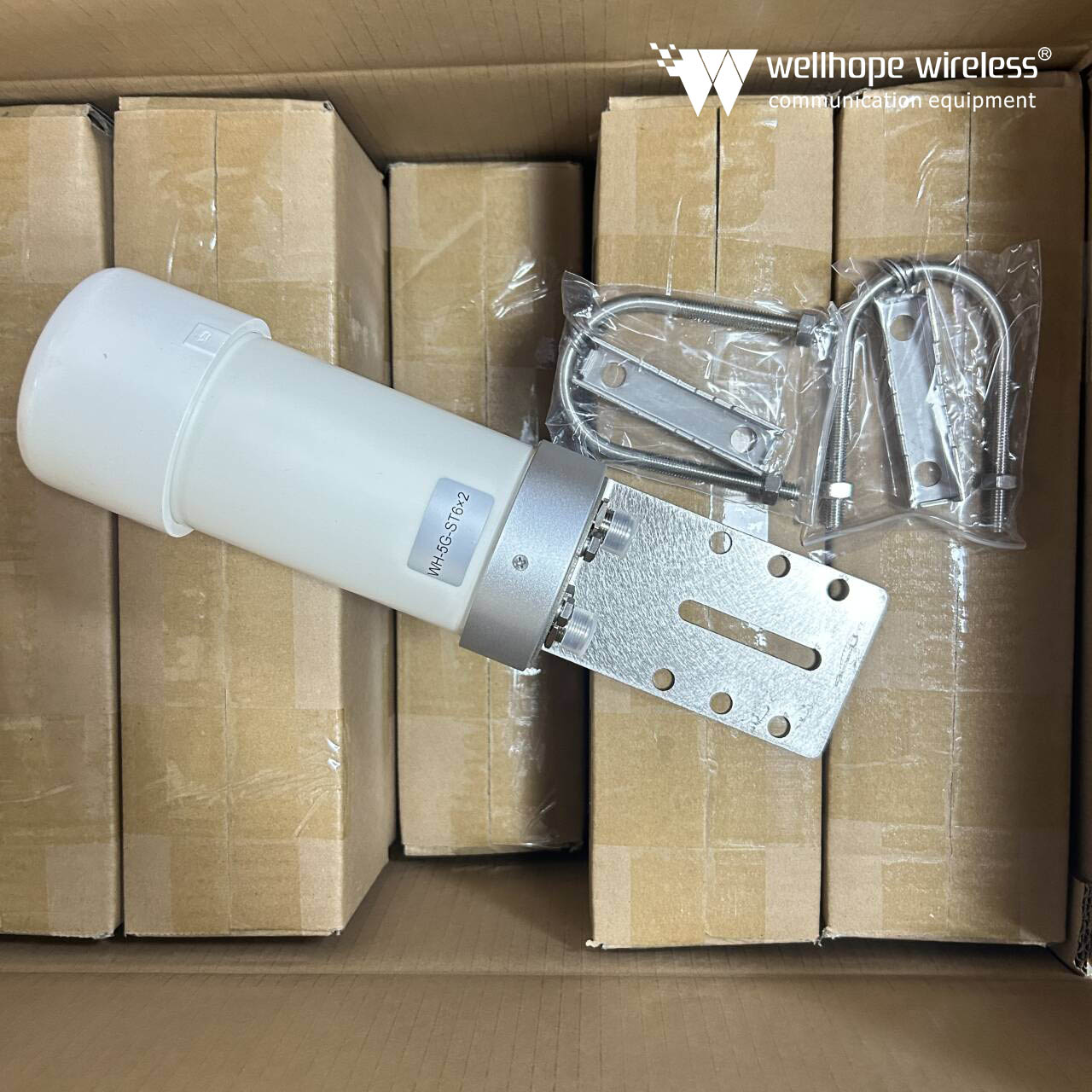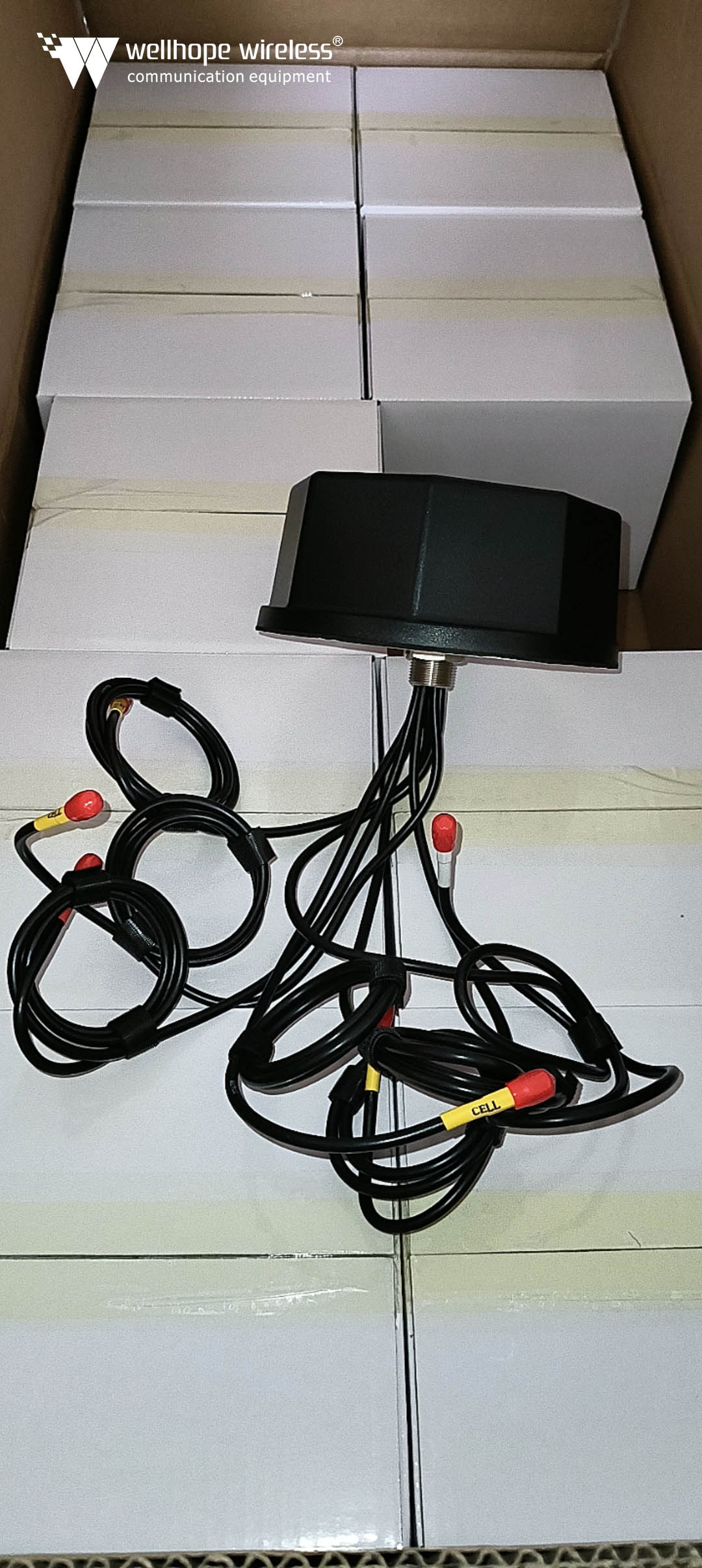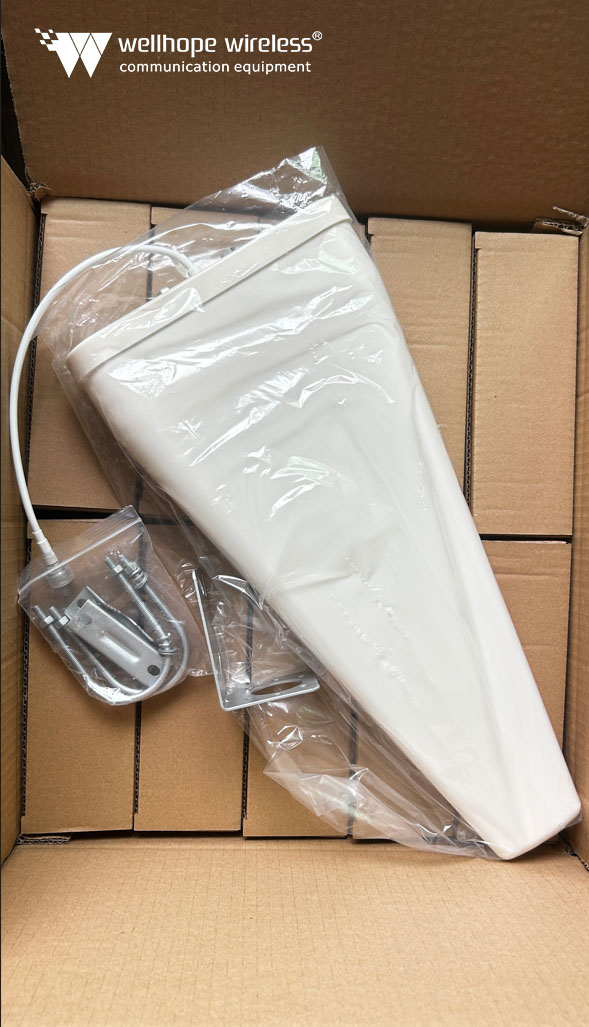Что такое интермодуляция третьего порядка?
антенна?
Примерно 15 минут, чтобы закончить чтение
1ã Определение и
Принцип
1. Определение: Интермодуляция третьего порядка.
относится к сигналу помех третьей частоты, вызванному
нелинейные характеристики антенны или связанных с ней пассивных компонентов
(например, разъемы, фидеры и т. д.), когда антенна принимает сигналы двух
разные частоты.
2. Принцип: Генерация третьего порядка
интермодуляционные сигналы обусловлены наличием нелинейных факторов, которые
привести к тому, что вторая гармоника одного сигнала создаст паразитный сигнал после
биение (смешение) с основной волной другого сигнала. Этот
Явление интермодуляции может привести к появлению двух или более несущих частот за пределами
полоса частот смешивается и попадает в полосу частот, создавая новые
частотные компоненты, что приводит к снижению производительности системы.
2ã Индикаторы и
Оценка
1. Индикатор: Третий порядок
Показатель интермодуляции обычно обозначается IP3 (третья точка отсечки).
Это относится к мощности сигнала помех, генерируемого третьим
интермодуляция на кривой ввода-вывода, равная в три раза исходной
мощность сигнала, когда нелинейные искажения выходной мощности очень велики.
определенной степени.
2. Метод оценки: Оценка
Индекс интермодуляции третьего порядка антенны требует серии
эксперименты и испытания. Обычно генератор сигналов используется для ввода двух сигналов.
разных частот, а затем нелинейные искажения выходного сигнала
сигнал принимается и измеряется через антенну для получения третьего порядка
индекс интермодуляции антенны. Кроме того, третий порядок
интермодуляционные характеристики антенны можно оценить посредством моделирования.
и теоретический анализ.
3ã Влияние
факторы и оптимизация
1. Факторы воздействия: третьего порядка.
На интермодуляционные характеристики антенны влияют различные факторы,
включая дизайн, материалы, производственные процессы, а также качество и
производительность пассивных компонентов (таких как разъемы, фидеры и т. д.)
подключен к нему. Кроме того, такие факторы окружающей среды, как температура,
влажность и т. д. также могут влиять на характеристики интермодуляции третьего порядка
антенна.
2. Метод оптимизации: Чтобы
оптимизировать характеристики интермодуляции третьего порядка антенны,
могут быть приняты следующие меры:
Оптимизация конструкции антенны за счет использования материалов
и производственные процессы с большей линейностью.
Улучшить качество и производительность
пассивные компоненты, обеспечивающие герметичность и плавность соединений.
Регулярно обслуживайте и проверяйте антенну.
системы, оперативно выявлять и устранять потенциальные проблемы.
4ã Применение и
Проспект
1. Области применения: Большие антенны для
Системы третьего порядка имеют широкий спектр применения в области связи, радиолокации,
и другие поля. В области связи его можно применить к спутнику.
связь, мобильная связь, радиосвязь и другие области; В
область радиолокации, ее можно применять в авиации, аэрокосмической отрасли, исследовании океана
и другие поля.
2. Перспективы развития: С
постоянное развитие коммуникационных технологий и растущий спрос
для приложений более высокие требования выдвинуты к третьему порядку
Интермодуляционные характеристики антенн. В будущем, при постоянном
появление новых материалов, процессов и технологий третьего порядка.
интермодуляционные характеристики антенн будут улучшены, обеспечивая
более мощное техническое обеспечение развития связи, радиолокации,
и другие поля.
Какое влияние оказывает третий порядок
интермодуляционная антенна влияет на принимаемый сигнал?
1ã Сигнал
искажение
Явление интермодуляции третьего порядка
может вызвать искажение сигнала, принимаемого антенной. Когда двое и более
сигналы разных частот поступают в антенну одновременно из-за
нелинейные характеристики антенны, эти сигналы будут генерировать
интермодуляционные помехи, приводящие к появлению новых частотных составляющих. Эти новые
частотные компоненты могут мешать исходному сигналу, вызывая изменения в
форму сигнала и внесение искажений.
2ã Увеличение
помехи
Сигнал помех, генерируемый
Интермодуляция третьего порядка может мешать нормальной работе
приемник. Эти сигналы помех могут попасть в полосу пропускания
приемник, конкурируя с исходным сигналом, в результате чего приемник становится
неспособен точно идентифицировать и демодулировать исходный сигнал. В
системах связи, эти помехи могут привести к снижению
качество связи и даже вызывать прерывания связи.
3ã Уменьшено
чувствительность
Интермодуляционные помехи третьего порядка
также может привести к снижению чувствительности приемника. В связи с наличием
помех, приемнику требуется более высокий уровень сигнала для
точно идентифицировать и демодулировать исходный сигнал. Это может привести к
снижение производительности приемника при той же мощности сигнала, что делает
невозможно достичь ожидаемого коммуникативного эффекта.
4ã Ограниченное покрытие
Интермодуляционные помехи третьего порядка
также может повлиять на дальность действия систем связи. Из-за
присутствия сигналов помех, сигналы могут затухать и
помех во время передачи, тем самым уменьшая дальность их покрытия. Этот
может привести к невозможности приема сигналов в определенных областях или к плохому сигналу
качество приема сигналов.
5ã Спектр
загрязнение
Интерференционный сигнал, генерируемый
Интермодуляция третьего порядка также может вызывать загрязнение спектра. Эти
Мешающие сигналы могут занимать полосы частот, первоначально использовавшиеся для других
связи, что приводит к нехватке ресурсов спектра. В случае
ограниченные ресурсы спектра, это загрязнение может еще больше усугубить напряженность
ресурсов спектра.
Как предотвратить влияние третьего порядка
интермодуляционные антенны?
1ã Оптимизация антенны
дизайн и верстка
1. Выбирайте качественную антенну:
Выбирайте антенны с хорошей линейностью и низким
индекс интермодуляции третьего порядка для уменьшения генерации нелинейных помех
искажения и интермодуляционные помехи.
2. Увеличьте расстояние между антеннами:
В многоантенной системе увеличение
расстояние между передатчиком и антенной передатчика может уменьшить
связь и интермодуляционные помехи между сигналами.
3. Независимое использование антенны:
Попробуйте использовать независимые антенны между
каждого передатчика и увеличить расстояние изоляции по горизонтали и вертикали
между антеннами для уменьшения возможности интермодуляционных помех.
2ã Улучшить
производительность пассивных компонентов
1. Выбирайте высококачественные пассивные компоненты:
Качество и производительность пассивного
такие компоненты, как разъемы и фидеры, оказывают значительное влияние на
Интермодуляционные характеристики антенн третьего порядка. Поэтому высококачественный
Пассивные компоненты следует выбирать так, чтобы обеспечить их хорошие электрические и
механические характеристики.
2. Регулярный осмотр и техническое обслуживание:
Регулярно проверяйте и обслуживайте антенну.
системы, быстро выявляйте и устраняйте потенциальные проблемы, такие как незакрепленные разъемы.
и устаревшие фидеры, чтобы снизить риск интермодуляционных помех.
3ã Усиление
управление сигналами
1. Разумно распределяйте частотные ресурсы:
В системах связи частота
ресурсы следует распределять разумно, чтобы избежать слишком высоких частот.
близко между соседними каналами, чтобы уменьшить возможность
интермодуляционные помехи.
2. Мощность управляющего сигнала:
В целях обеспечения связи
качество, старайтесь максимально контролировать мощность передачи сигнала
возможно уменьшить возникновение нелинейных искажений и интермодуляции
помехи.
4ã Принятие
передовая технология фильтрации
1. Используйте фильтр:
Добавление фильтров в антенную систему можно
эффективно отфильтровывать сигналы интермодуляционных помех и улучшать
способность системы противостоять помехам.
2. Оптимизировать конструкцию фильтра:
На основе фактических требований приложения,
оптимизировать конструкцию фильтра для достижения лучших характеристик фильтрации и
более низкие вносимые потери.
5ãУкрепить
надзор и тестирование
1. Установите строгие стандарты тестирования:
Разработать строгие стандарты тестирования и
методы регулярного тестирования характеристик интермодуляции третьего порядка
антенны для обеспечения соблюдения соответствующих требований.
2. Усилить меры регулирования:
Усилить контроль за антенной
систем, чтобы гарантировать, что они всегда сохраняют хорошую производительность во время использования.


















 Новости
Новости
